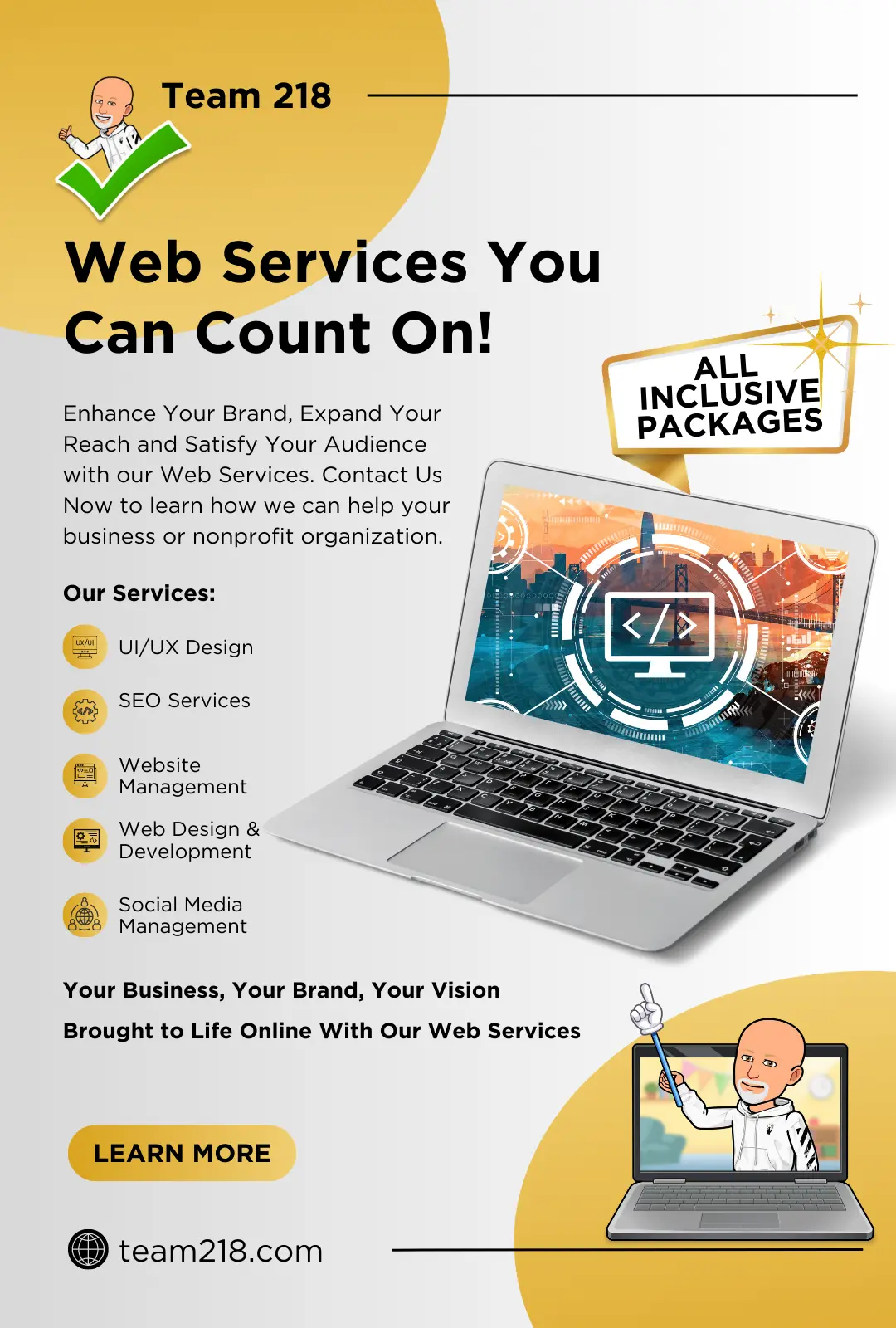A Detailed Review of the most effective Practices in Internet Style for Creating Navigable and instinctive Online Platforms
The effectiveness of an online system pivots substantially on its layout, which must not only attract customers but additionally direct them flawlessly through their experience. Comprehending these principles is critical for developers and developers alike, as they directly influence user complete satisfaction and retention.
Recognizing Individual Experience
Recognizing customer experience (UX) is pivotal in internet design, as it directly affects how site visitors connect with a web site. A well-designed UX makes certain that customers can navigate a website without effort, access the information they look for, and total preferred activities, such as authorizing or making an acquisition up for a newsletter.
Crucial element of reliable UX design consist of use, accessibility, and appearances. Functionality focuses on the simplicity with which individuals can complete tasks on the site. This can be attained with clear navigation structures, rational content organization, and receptive feedback mechanisms. Access guarantees that all individuals, including those with handicaps, can interact with the internet site effectively. This entails adhering to established standards, such as the Web Material Access Guidelines (WCAG)
Visual appeals play a vital duty in UX, as aesthetically appealing styles can improve individual fulfillment and interaction. Color design, typography, and images must be thoughtfully selected to develop a cohesive brand identification while likewise helping with readability and understanding.
Inevitably, prioritizing customer experience in website design fosters greater customer contentment, motivates repeat visits, and can dramatically boost conversion prices, making it an essential facet of successful electronic techniques. (web design)
Value of Responsive Design
Responsive style is a crucial component of contemporary web advancement, ensuring that websites offer an optimum watching experience throughout a wide variety of gadgets, from desktops to smart devices. As customer habits significantly shifts in the direction of mobile surfing, the need for sites to adapt seamlessly to numerous display sizes has actually become critical. This flexibility not just enhances usability yet additionally significantly impacts user involvement and retention.
A receptive style employs fluid grids, adaptable photos, and media questions, enabling a natural experience that maintains capability and aesthetic stability despite tool. This technique removes the requirement for customers to zoom in or scroll flat, bring about an extra instinctive interaction with the content.
Furthermore, search engines, notably Google, focus on mobile-friendly sites in their positions, making receptive style essential for maintaining presence and ease of access. By adopting responsive layout principles, services can reach a wider audience and enhance conversion prices, as customers are most likely to engage with a website that uses a smooth and constant experience. Ultimately, responsive layout is not merely a visual selection; it is a tactical requirement that shows a dedication to user-centered design in today's electronic landscape.
Simplifying Navigation Structures
A well-structured navigating system is crucial for boosting the individual experience on any site. Streamlining navigating structures not only help individuals in discovering information swiftly yet also promotes involvement and minimizes bounce rates. To accomplish this, web developers need to prioritize clarity through using straightforward labels and classifications that show the web content properly.

Incorporating a search attribute better boosts functionality, enabling users to situate content directly. Furthermore, implementing breadcrumb routes can supply users with context concerning their area within the site, advertising simplicity of navigation.
Mobile optimization is one more essential aspect; navigation needs to be touch-friendly, with clearly specified web links and buttons to accommodate smaller screens. By lessening the variety of clicks needed to accessibility content and guaranteeing that navigation corresponds across all pages, designers can create a smooth individual get more experience that motivates expedition and minimizes stress.
Prioritizing Ease Of Access Requirements
Approximately 15% of the worldwide populace experiences some type of impairment, making it necessary for web designers to focus on ease of access next requirements in their tasks. Ease of access incorporates different facets, consisting of visual, acoustic, cognitive, and motor problems. By sticking to developed guidelines, such as the Web Web Content Availability Standards (WCAG), designers can create inclusive electronic experiences that deal with all users.
One essential technique is to guarantee that all web content is perceivable. This consists of offering alternative text for photos and ensuring that video clips have transcripts or subtitles. Key-board navigability is essential, as numerous users depend on key-board faster ways rather than computer mouse interactions.
 Additionally, color comparison must be carefully thought about to suit individuals with visual problems, ensuring that message is readable against its history. When designing types, tags and error messages need to be descriptive and clear to aid customers in finishing tasks properly.
Additionally, color comparison must be carefully thought about to suit individuals with visual problems, ensuring that message is readable against its history. When designing types, tags and error messages need to be descriptive and clear to aid customers in finishing tasks properly.Lastly, carrying out use testing with people that have impairments can offer indispensable insights - web design. By focusing on ease of access, web designers not only adhere to legal standards but also increase their audience reach, cultivating an extra inclusive on-line environment. This commitment to access is important for a genuinely navigable and straightforward web experience
Using Aesthetic Pecking Order
Clarity in design is paramount, and utilizing aesthetic power structure plays a critical role in achieving it. Aesthetic pecking order describes the plan and presentation of components in such a way that clearly shows their significance and overviews user attention. By strategically employing size, comparison, spacing, and color, developers can develop a natural flow that routes customers with the content perfectly.
Making use of larger fonts for headings and smaller ones for body text develops a clear difference between areas. Additionally, using strong colors or contrasting histories can accentuate vital info, such as call-to-action switches. White space is similarly vital; it aids to stay clear of mess and permits individuals to concentrate on one of the most vital components, boosting readability and overall user experience.
Another secret aspect of aesthetic hierarchy is making use of images. websites Appropriate images can improve understanding and retention of information while likewise breaking up text to make web content more digestible. Ultimately, a well-executed aesthetic hierarchy not just boosts navigating however also promotes an intuitive communication with the website, making it more probable for users to accomplish their purposes successfully.
Conclusion

In summary, adherence to ideal practices in website design is important for producing instinctive and navigable on-line systems. Stressing receptive layout, simplified navigation, and accessibility requirements fosters a easy to use and inclusive atmosphere. In addition, the reliable usage of visual pecking order enhances individual engagement and readability. By focusing on these elements, web designers can substantially boost customer experience, guaranteeing that on-line systems fulfill the varied requirements of all users while promoting efficient interaction and contentment.
The performance of an online system hinges substantially on its design, which need to not just draw in users but additionally direct them effortlessly via their experience. By embracing responsive style concepts, companies can get to a wider audience and enhance conversion rates, as individuals are much more likely to involve with a site that supplies a smooth and regular experience. By sticking to developed standards, such as the Internet Web Content Ease Of Access Guidelines (WCAG), developers can develop inclusive electronic experiences that provide to all users.
White room is equally crucial; it aids to avoid clutter and enables individuals to concentrate on the most essential elements, boosting readability and general individual experience.
By focusing on these aspects, internet developers can dramatically boost user experience, guaranteeing that on-line platforms meet the diverse requirements of all individuals while promoting efficient communication and complete satisfaction.
Comments on “Unlocking the Secrets to Extraordinary Web Design for Your Service”